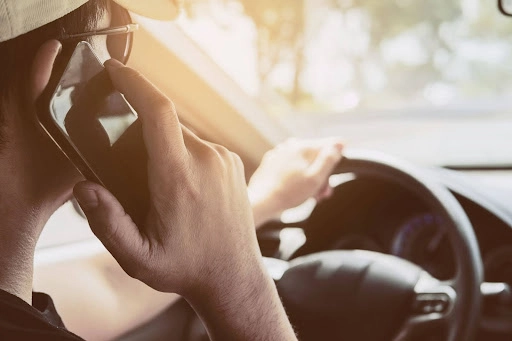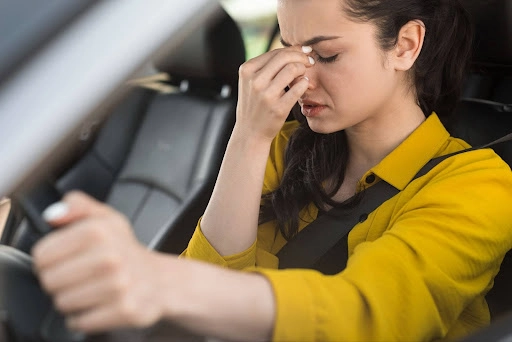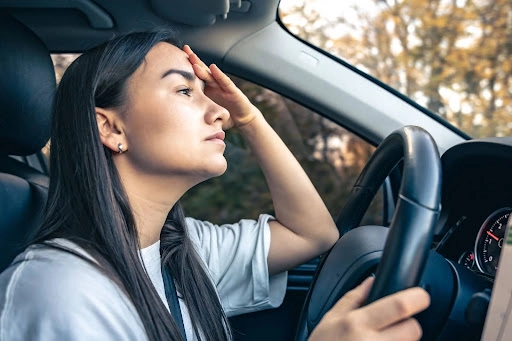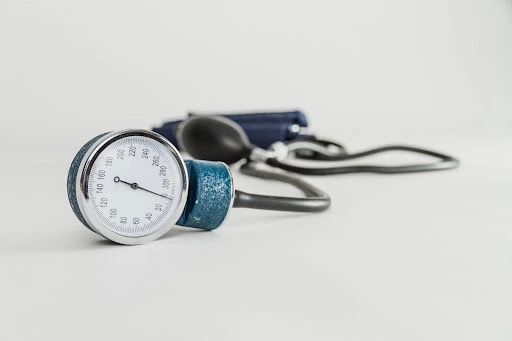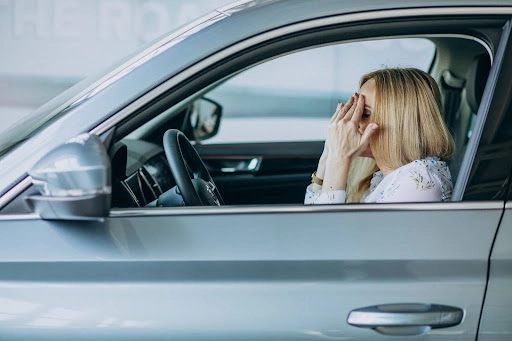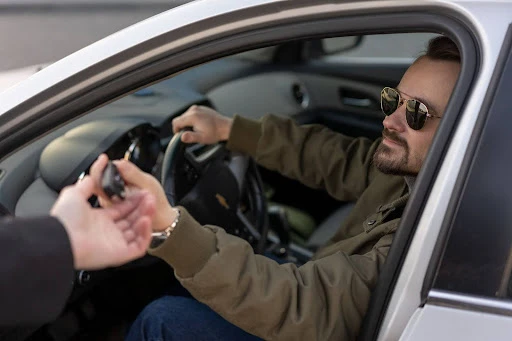August 25, 2025
General Personal Injury FAQs
What to Expect During Your First Meeting with a Virginia Personal Injury Lawyer
For many accident victims, the first meeting with a personal injury lawyer is their first step toward accountability and financial...
August 24, 2025
Car Accident
Virginia Cell Phone Driving Laws (2025 Update)
Distracted driving is one of the most preventable causes of serious crashes in Virginia, yet thousands of accidents continue to...
August 23, 2025
Car Accident
Shock After a Car Accident: Symptoms, Risks, and When to See a Doctor
While shock may initially appear as a temporary reaction, it can indicate life-threatening internal injuries or develop into long-term psychological...
August 15, 2025
Car Accident
Common Delayed Symptoms After a Car Accident (and Why They Matter Legally)
After a collision, many victims assume they are unharmed if they do not feel pain immediately. In reality, adrenaline and...
August 13, 2025
Motor Vehicle Accident FAQs
High Blood Pressure After a Car Accident – Is It a Sign of Injury?
Car accidents often cause injuries that are immediately obvious, like broken bones or lacerations, but they can also trigger unexpected...
August 08, 2025
Car Accident
Emotional Shock After a Car Accident – Legal Options in Virginia
For many, the most lasting harm after a car accident is invisible – emotional shock that persists for hours, weeks,...
August 05, 2025
Car Accident
What to Do If You’re in a Rideshare Accident in Virginia
Rideshare services like Uber and Lyft provide millions of trips annually in Virginia. But when accidents happen, especially in cities...
August 03, 2025
Motor Vehicle Accident FAQs
Going to the Hospital After a Car Accident – Your Legal Rights
After a crash, many people wonder if they should go to the hospital after a car accident or assume stiffness...
August 03, 2025
Car Accident
How Much Is the Fine for Driving Without Insurance in Virginia?
For decades, drivers could legally operate a car without insurance in Virginia if they paid the Virginia uninsured motorist fee...


